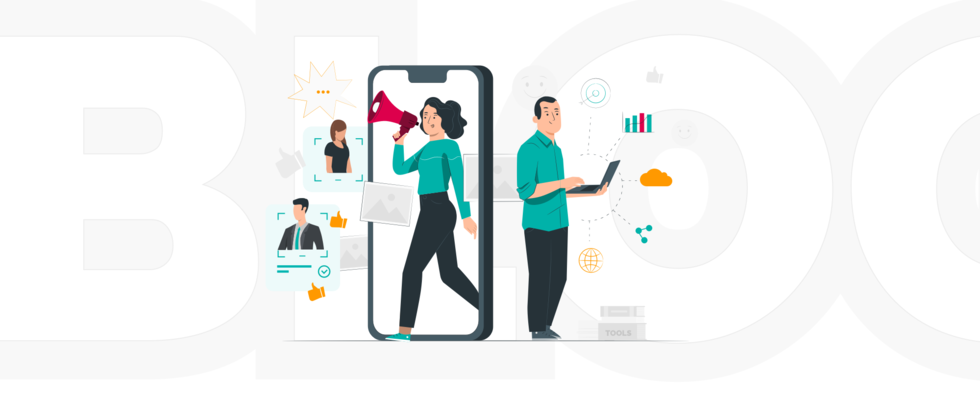Advancements in technology have not only enhanced our lives but also provided fraudsters with powerful tools to create counterfeit documents that appear strikingly realistic. This is particularly evident in the realm of fake utility invoices, where scammers leverage cutting-edge technology to deceive unsuspecting victims.
The Art of Replication
Modern graphic design software has revolutionized the creation of counterfeit documents, enabling fraudsters to replicate the visual elements of genuine utility invoices with remarkable precision. Advanced programs provide a wide range of tools and features, allowing scammers to mimic the layout, typography, logos, and color schemes found in authentic invoices.
High-Quality Printers
High-quality printers have greatly contributed to the authenticity of counterfeit utility invoices. Advanced printing technologies, like laser printers, accurately reproduce intricate details such as watermarks, microprinting, and fine lines.
Additionally, high-resolution printers produce vibrant colors and sharp images, enhancing the overall quality and realism of forged documents. Premium paper stocks further bring counterfeit invoices to life.
Perfecting the Replication
Scanning technology, coupled with image editing software, allows fraudsters to acquire and manipulate genuine utility invoices as templates for their forgeries. High-resolution scanners capture the intricate details of original documents, providing a foundation for the replication process.
Subsequently, image editing software grants scammers the ability to make precise adjustments, ensuring that the forged invoice closely resembles the original in terms of font, layout, and other visual characteristics. These tools enable fraudsters to create near-perfect replicas that can easily deceive unsuspecting individuals.

Altering Information
Digital editing and manipulation techniques play a critical role in altering the information contained within fake utility invoices. Fraudsters use software applications to modify customer names, addresses, account numbers, billing periods, usage figures, and payment due dates.
Through these digital manipulations, scammers align the forged documents with the patterns and information typically found in genuine utility invoices, further enhancing the illusion of authenticity. Such alterations make it difficult for victims to detect discrepancies, increasing the success rate of fraudulent schemes.
Amplifying the Reach
Technology has also facilitated the distribution of fake utility invoices through online channels, amplifying their reach and potential impact. Scammers utilize various digital communication platforms, such as email, to send counterfeit invoices to a large number of potential victims simultaneously.
By mimicking the email addresses, logos, and formatting of legitimate utility service providers, fraudsters increase the likelihood of victims perceiving the documents as authentic. The widespread use of the internet and digital communication tools has made it easier for scammers to cast a wider net and target a larger pool of unsuspecting individuals or businesses.

